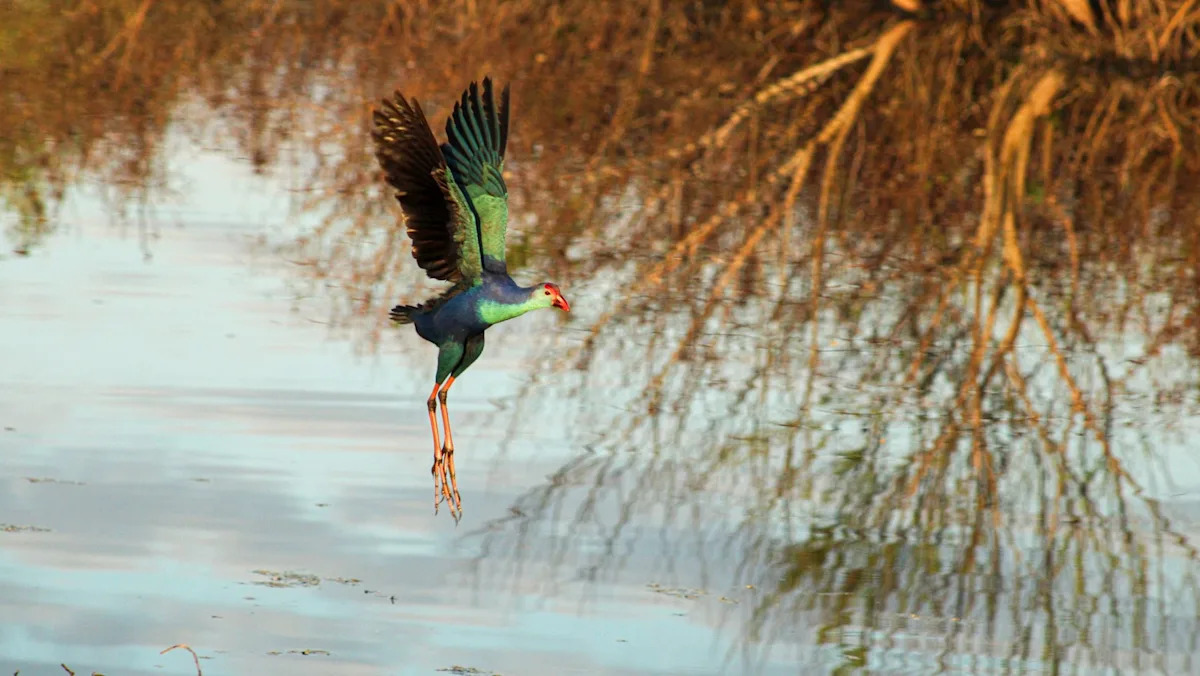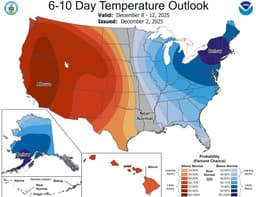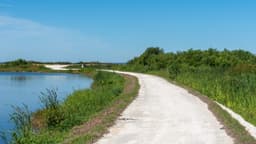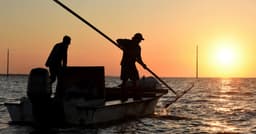Home / Environment / Lake Apopka: Florida's Revitalized Wildlife-Rich Oasis
Lake Apopka: Florida's Revitalized Wildlife-Rich Oasis
27 Oct
Summary
- Lake Apopka, Florida's 4th-largest lake, transformed from polluted to revitalized wildlife haven
- Offers diverse outdoor activities like fishing, boating, and the 11-mile Lake Apopka Wildlife Drive
- Nearby towns of Apopka and Montverde provide additional attractions and amenities

In the heart of central Florida, just 12 miles north of Orlando, lies a hidden gem: Lake Apopka. This 31,000-acre lake, the state's fourth-largest, has undergone a remarkable transformation in recent decades, transitioning from a polluted waterway to a revitalized wildlife haven.
Once known for its world-class fishing, Lake Apopka fell into disrepair in the mid-20th century as farmland drainage and agricultural runoff led to a decline in water quality. However, extensive cleanup efforts in the 1980s and 1990s have restored the lake's natural beauty and ecological balance. Today, it is considered a "diamond in the rough," offering visitors a chance to immerse themselves in a thriving wetland ecosystem.




